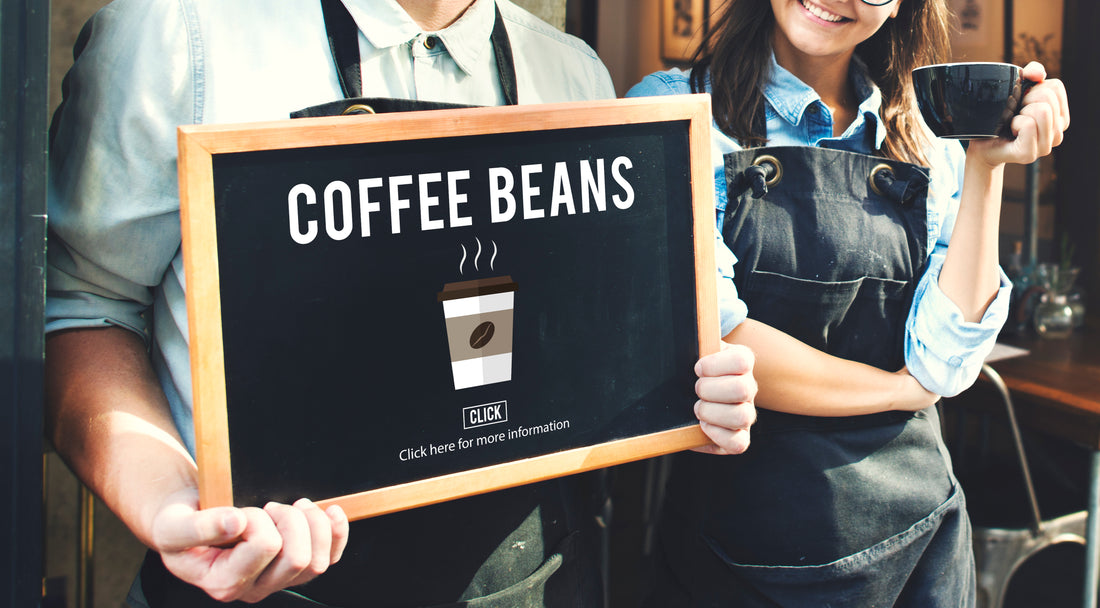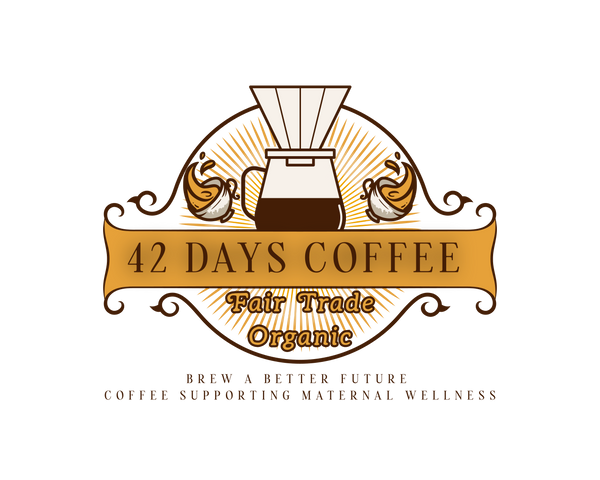
Organic Light Roast vs Medium Roast vs Dark Roast Coffee
Share
Here’s a breakdown of the differences between organic dark roast, organic medium roast, and organic light roast coffee, including key factors like roasting time, flavor profile, acidity, caffeine content, and more.
| Roast Level | Roasting Time & Temperature | Flavor Profile | Acidity | Caffeine Content | Appearance | Best Brewing Methods |
|---|---|---|---|---|---|---|
| Light Roast | Shorter roasting time (8-10 minutes), 356°F - 401°F | Bright, fruity, floral, higher complexity; origin flavors preserved | High | Slightly higher | Light brown, no oil on the surface | Pour-over, Aeropress, Cold Brew |
| Medium Roast | Moderate roasting time (11-12 minutes), 410°F - 428°F | Balanced flavor, caramel, nuttiness, slight sweetness, medium body | Medium (balanced) | Moderate | Medium brown, slight oil on the surface | Drip coffee, Espresso, French Press |
| Dark Roast | Longer roasting time (13-15 minutes), 464°F - 482°F | Bold, smoky, bittersweet, chocolatey, more roasted flavor | Low (muted) | Slightly lower | Dark brown to black, oily surface | Espresso, French Press, Moka Pot |
Additional Notes:
-
Roasting Time & Temperature: The longer the roast, the more time it spends developing the deeper roasted flavors, but this also means some of the original bean characteristics (like fruity or floral notes) are lost.
-
Flavor Profile:
- Organic Light Roast Coffee highlights the origin of the beans with subtle, complex flavors like citrus or floral notes. It’s best for those who enjoy tasting the inherent characteristics of the coffee bean.
- Organic Medium Roast Coffee offers the best of both worlds—a balanced, rounded flavor where neither the roast nor the origin dominates. Caramel and nutty notes are common.
- Organic Dark Roast Coffee is rich and intense with a prominent roasted flavor that can mask the origin flavors. Chocolate, spice, and smoky notes are more pronounced.
-
Acidity: As coffee roasts get darker, acidity levels decrease. High acidity is often desirable in light roasts, giving them a crisp, vibrant taste, whereas dark roasts have smoother, more muted acidity.
-
Caffeine Content: Contrary to popular belief, light roasts actually retain more caffeine than darker roasts. Caffeine is slightly degraded during longer roasting times.
-
Appearance: Light roasts are dry with a pale brown color. As the roast level increases, the beans become darker and develop an oily sheen due to the roasting process breaking down cellular structures and releasing oils.
-
Best Brewing Methods: Different roast levels lend themselves to different brewing methods. Light roasts work well with methods that highlight clarity and subtlety, while dark roasts are robust enough for strong brews like espresso.
This comparison captures the key distinctions among these roast levels, giving you a deep dive into what makes each unique.
Follow us on Instagram, Facebook and/or Twitter @42DaysCoffee to be alerted of our coffee promotions.

